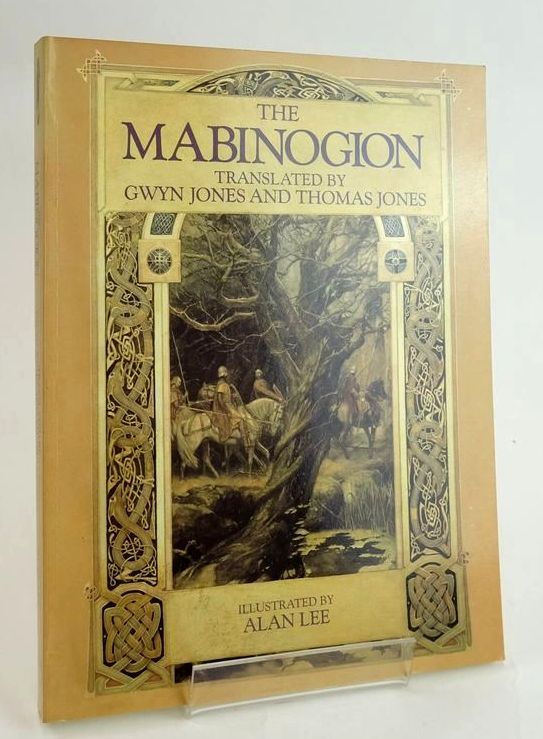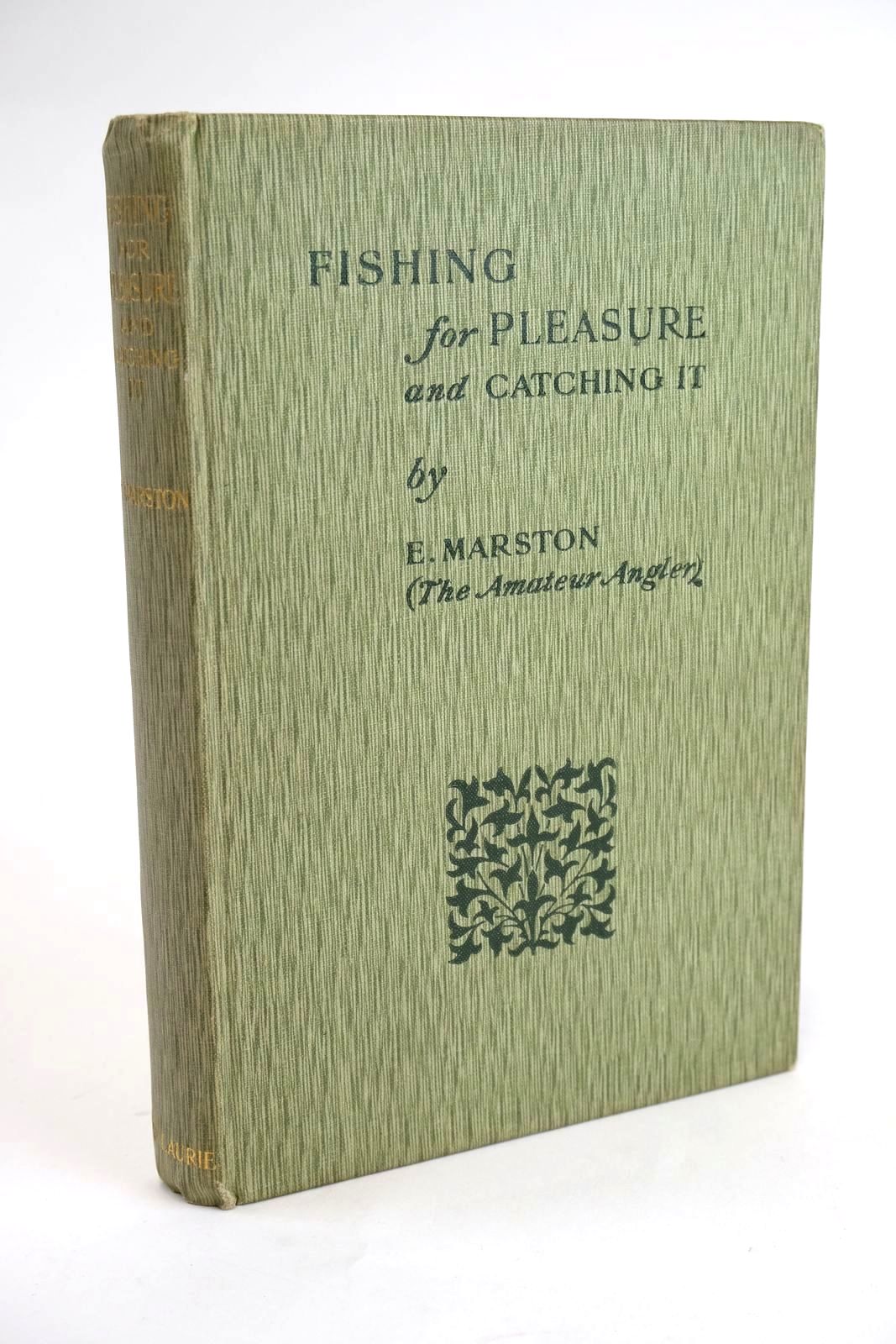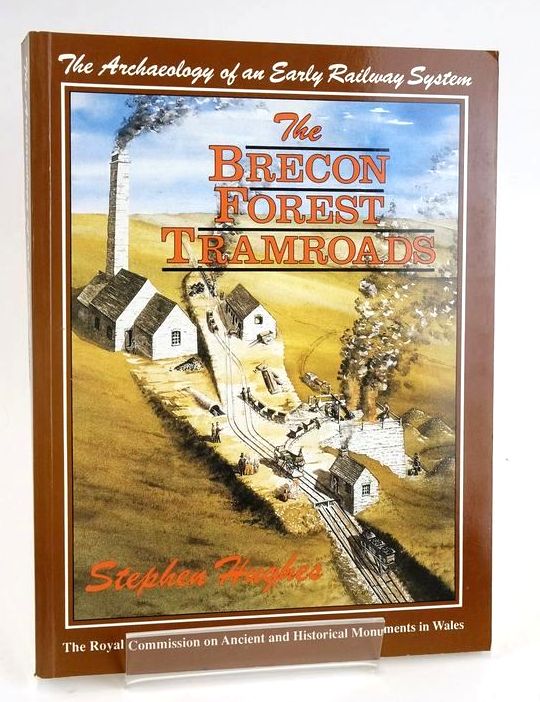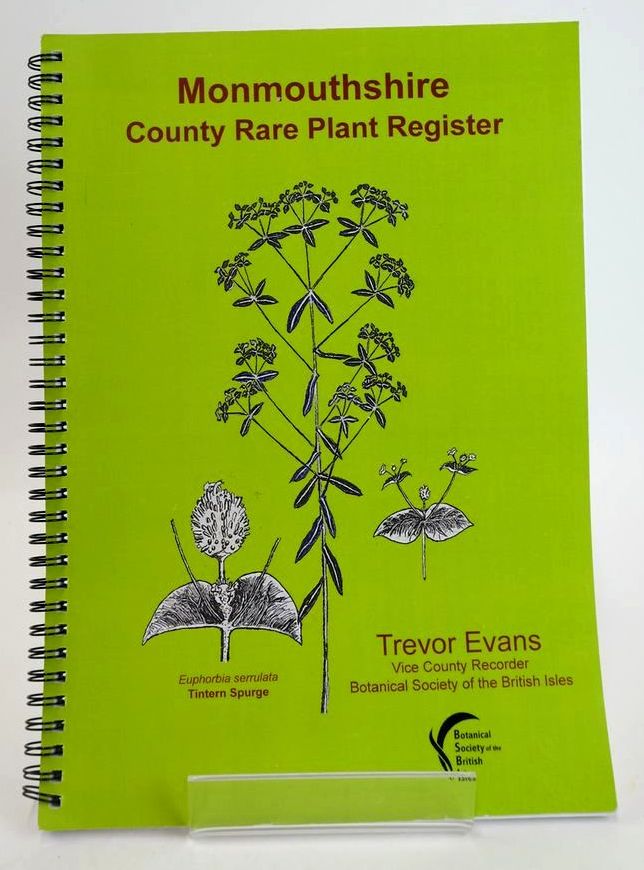On Shank's Pony in South Wales
 When we refer to walking today we think of walking for leisure. Yet until relatively recent times most people went on Shank's Pony (derived from 'shank' meaning 'leg') for their everyday business. From the Welsh drovers, who took the cattle from the hills of Wales to London , to the door to door hawkers and pedlars.
When we refer to walking today we think of walking for leisure. Yet until relatively recent times most people went on Shank's Pony (derived from 'shank' meaning 'leg') for their everyday business. From the Welsh drovers, who took the cattle from the hills of Wales to London , to the door to door hawkers and pedlars.

Map from "A Walk Through Wales"
Notice also the distances that he walked each day. Take day one for example: he started in Bath , crossed the Severn by ferry and arrived in Usk that same evening - 39 miles. Later in his journey he passed though Tintern, where Stella Books is located, and wrote: "Before us were spread the village of Tintern with the diversified scenery of the dale in which it stands, its glittering stream and dark woods and the lofty ruins of its abbey... Proceeded to the Beaufort Arms, a very comfortable inn"
The description of Tintern is still true and the comfortable inn is still there, though now called the Abbey Hotel (edit recently closed). Warner believed "That the Pedestrian, whose independent mode of travelling enables him to catch beauties in his walk, which the incumbrance of a carriage prevents another traveller from enjoying". Replace 'carriage' with ''car' and you have the best possible reason for walking though South Wales today.
Below: Images from various editions of 'Rambles in the Wye Valley'



In mid nineteenth century the rapid expansion of railways brought South Wales and the Wye valley within easy reach of tourists from all over Great Britain and the railways were quick to spot the business potential. A typical example is Rambles in The Wye Valley by Hugh E. Page published in 1938. One of many such books published by the Great Western Railway Company and used to promote their Weekly Holiday Season Ticket. In this book the typical walks are around 12 miles - how we've weakened since Warner's day! Though the lady in the filmy dress and elegant shoes pictured at Symonds Yat rock for the frontispiece of Page's book has certainly NOT walked the recommended 12 mile route!
 One of the most famous long distance paths passes through our region - the Offa's Dyke Path. A book such as "Through Welsh Border Country following Offa's Dyke Path" by Mark Richards is the exact opposite of the Warner book. There is no text, the whole route being illustrated by the author's attractive sketch maps showing the route and points of local interest. No recommended daily mileages are given but most people aim for 12 to 15 miles a day and, unlike Warner, there is certainly a more extensive list of clothing and accoutrements to be carried.
One of the most famous long distance paths passes through our region - the Offa's Dyke Path. A book such as "Through Welsh Border Country following Offa's Dyke Path" by Mark Richards is the exact opposite of the Warner book. There is no text, the whole route being illustrated by the author's attractive sketch maps showing the route and points of local interest. No recommended daily mileages are given but most people aim for 12 to 15 miles a day and, unlike Warner, there is certainly a more extensive list of clothing and accoutrements to be carried.
Left: Tintern Abbey from popular view point Devil's Pulpit
The modern guide books are factually more helpful with detailed route finding instructions but they lack the typical Warner comments such as when referring to a
particular inn: "We rose earlier than usual this morning after a most comfortless night; during which we were tormented by fleas and nearly suffocated by the closeness of the room."!
The maps Warner used were vague and he is regularly asking for directions from the locals. Today with our modern Ordnance Survey maps with every footpath marked it should not be possible to get lost!
I wonder - what would Warner, the first Pedestrian tourist, carrying everything for a 17 day journey in his coat pockets, make of the gaggles of purposeful brightly hued, heavily laden walkers of today?
Contributed by Cliff
(Published on 29th Oct 2014 )













